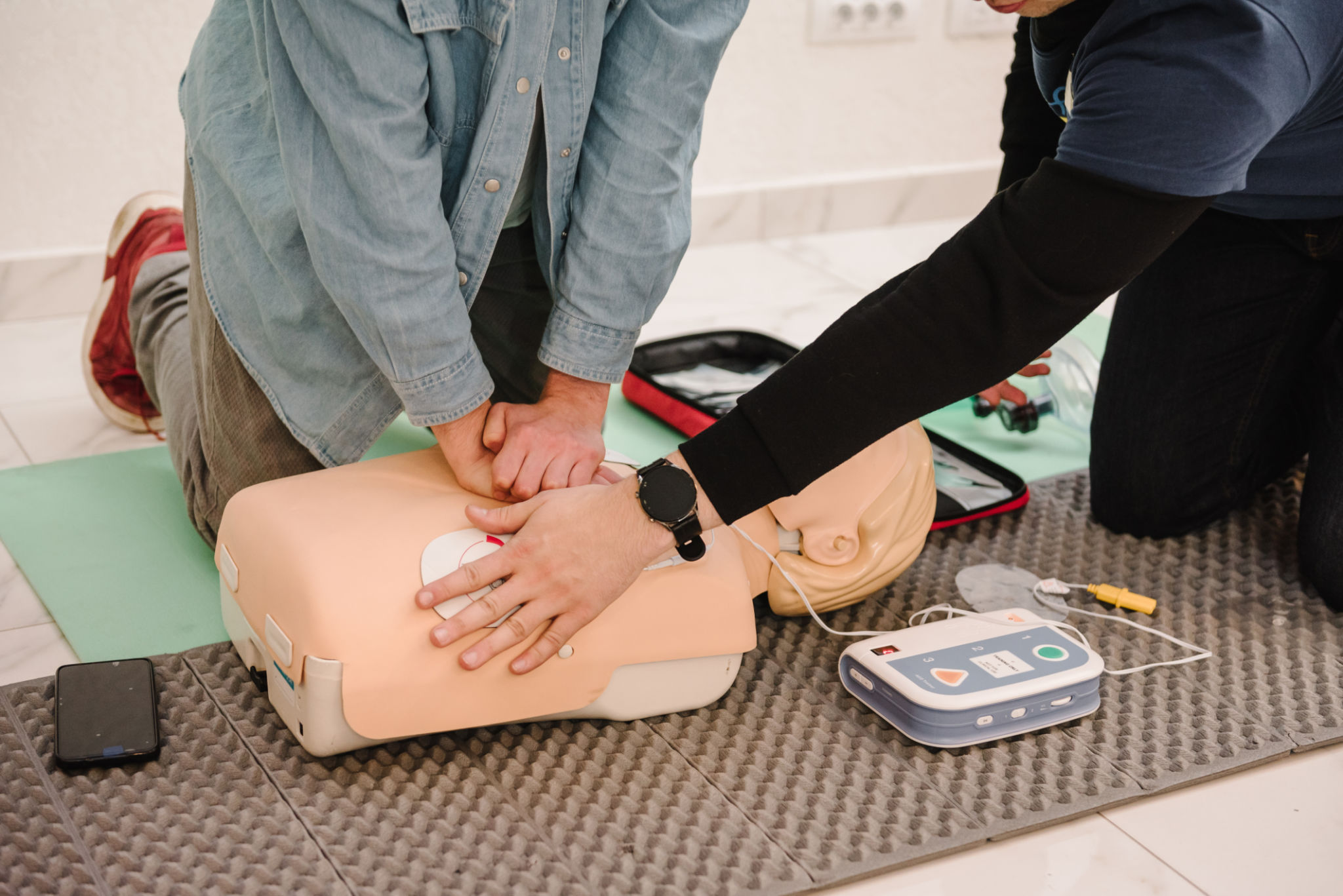Debunking Common Myths about CPR and First Aid Training
Introduction to CPR and First Aid Training Myths
When it comes to CPR and first aid training, there are numerous misconceptions that can deter individuals from learning these vital skills. Understanding the truth behind these myths can empower more people to take action during emergencies. Let's explore some of the most common misconceptions surrounding CPR and first aid.

Myth 1: Only Medical Professionals Can Perform CPR Effectively
A widespread myth is that only doctors or nurses can perform CPR effectively. While medical professionals are trained extensively, anyone can learn and perform CPR. In fact, immediate intervention by a bystander can double or even triple a victim's chance of survival. CPR certification programs are designed for people of all backgrounds, making it accessible for everyone to gain these lifesaving skills.
Understanding Hands-Only CPR
Hands-only CPR is a simplified version that involves chest compressions without rescue breaths, recommended for untrained bystanders. This method is effective in maintaining circulation until professional help arrives. The simplicity of hands-only CPR makes it an essential skill for everyone to learn.

Myth 2: First Aid Training Is Too Complicated
Many people believe that first aid training is too complex for the average person. In reality, first aid courses are structured to be straightforward and easy to grasp. They focus on practical techniques that you can apply in real-world scenarios. Training often includes handling common injuries like cuts, burns, and sprains, which are useful in everyday situations.
The Importance of Basic First Aid Knowledge
Possessing basic first aid knowledge can significantly impact the outcome of an emergency. Simple actions like applying pressure to a bleeding wound or performing the Heimlich maneuver can save lives. These skills are not only easy to learn but also incredibly valuable in critical moments.

Myth 3: CPR and First Aid Certification Lasts a Lifetime
Another common misconception is that once you are certified in CPR or first aid, you're set for life. However, certifications typically last for two years. After this period, it's crucial to renew your certification to ensure your skills remain sharp and up-to-date with the latest guidelines and techniques.
Why Regular Recertification Matters
Medical guidelines evolve over time based on new research and studies. Regular recertification ensures you're equipped with the most current practices. It also provides an opportunity to refresh your memory and practice essential skills in a controlled environment.
Conclusion: Empowering Individuals Through Knowledge
Debunking these myths highlights the accessibility and importance of CPR and first aid training. By understanding that these skills are within reach, more individuals can be prepared to respond effectively during emergencies. Empower yourself and your community by seeking out local training courses and spreading awareness about the importance of being prepared.